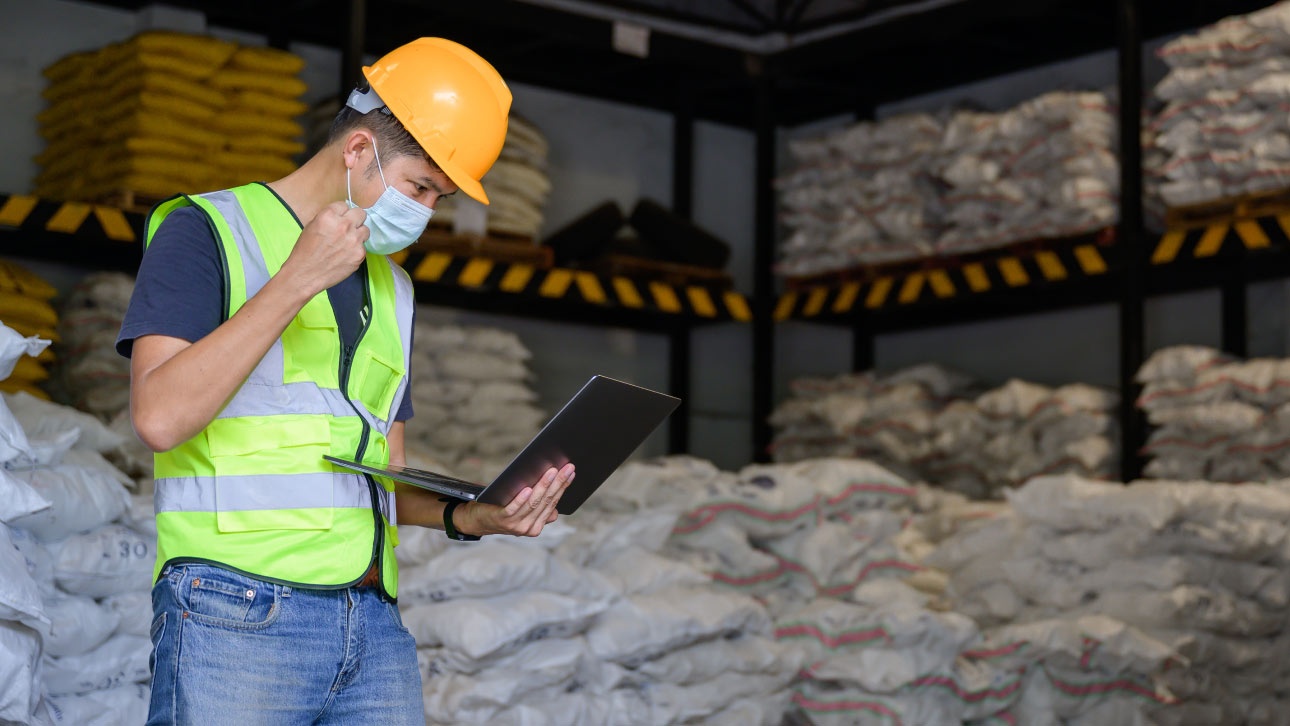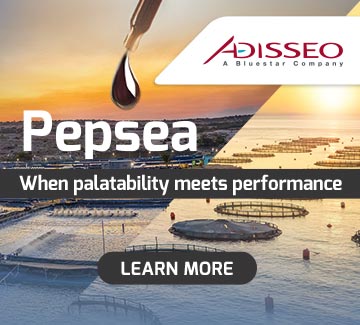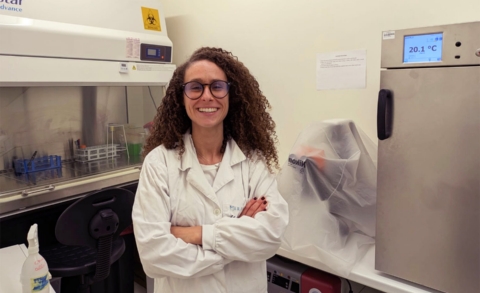
Lysine, a key amino acid in fish and shrimp nutrition, has found itself at the centre of a growing trade dispute between China, the European Union and the United States. As international tensions mount, with new anti-dumping tariffs imposed on Chinese imports, the price of lysine has surged, leaving aquaculture feed manufacturers facing higher costs and tighter supply.
In January, the EU introduced provisional duties ranging from 58% to 85% on Chinese lysine products, following an investigation into unfair pricing practices. Across the Atlantic, US authorities are moving in a similar direction, with industry players pushing for further trade protections.
As a result, lysine prices have already climbed by around 12% in the first quarter of 2025. According to the European Feed Manufacturer’s Federation (FEFAC), Europe relies on China for over 60% of its lysine supply, and there are currently no alternative producers capable of meeting demand at scale.
For aquaculture, lysine is far from just another additive. It plays a central role in improving feed conversion ratios, promoting healthy growth, strengthening immunity, and reducing waste-all vital in maintaining environmental sustainability and farm performance.
In high-value species such as sea bream and sea bass, precise amino acid profiles are essential. Disruptions to lysine supply can lead to reformulation that affects both fish performance and profitability. Experts estimate that lysine accounts for between 2% and 5% of total feed costs-meaning even modest price increases can erode margins across the sector.
Feed manufacturers are already adapting to the shifting landscape. Some are exploring alternative protein sources or complementary amino acids to reduce reliance on synthetic lysine. Others are actively seeking new suppliers, particularly in South America and Southeast Asia, to diversify sourcing and build resilience.
The current situation may also prompt investment in domestic lysine production using more efficient and sustainable biotechnological processes-a move aligned with Europe’s broader green transition goals.
With no quick resolution in sight, the aquaculture sector is bracing for continued volatility. Further developments from Brussels and Washington will shape the market trajectory in the months ahead. In the meantime, producers will need to innovate, optimise feed strategies and manage risks carefully to maintain competitiveness.
Lysine may be invisible to the end consumer, but in today’s aquaculture value chain, it has become a silent cornerstone-one whose availability and price now have ripple effects across the entire industry.


